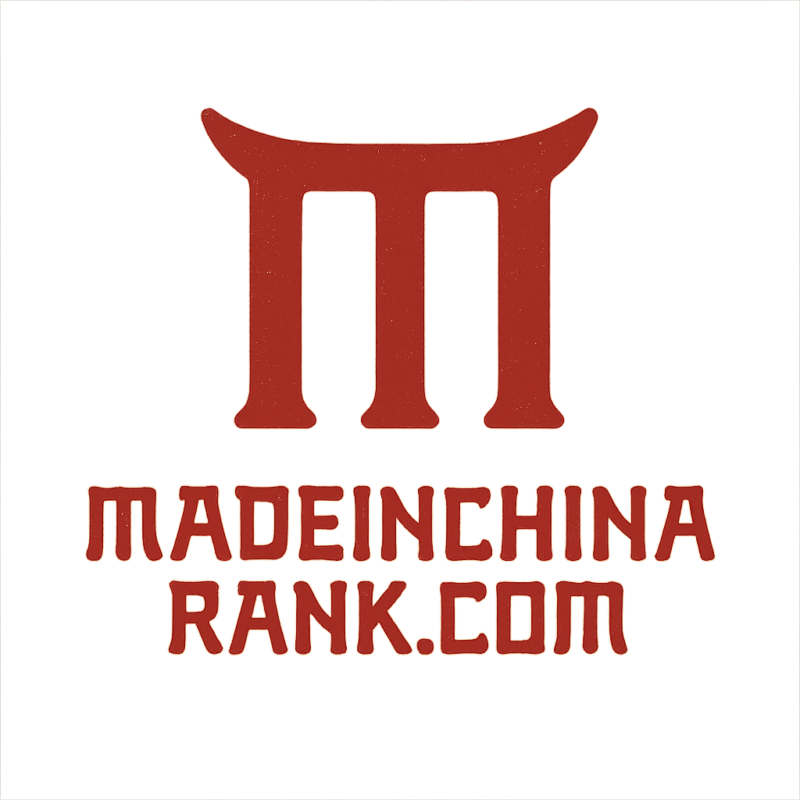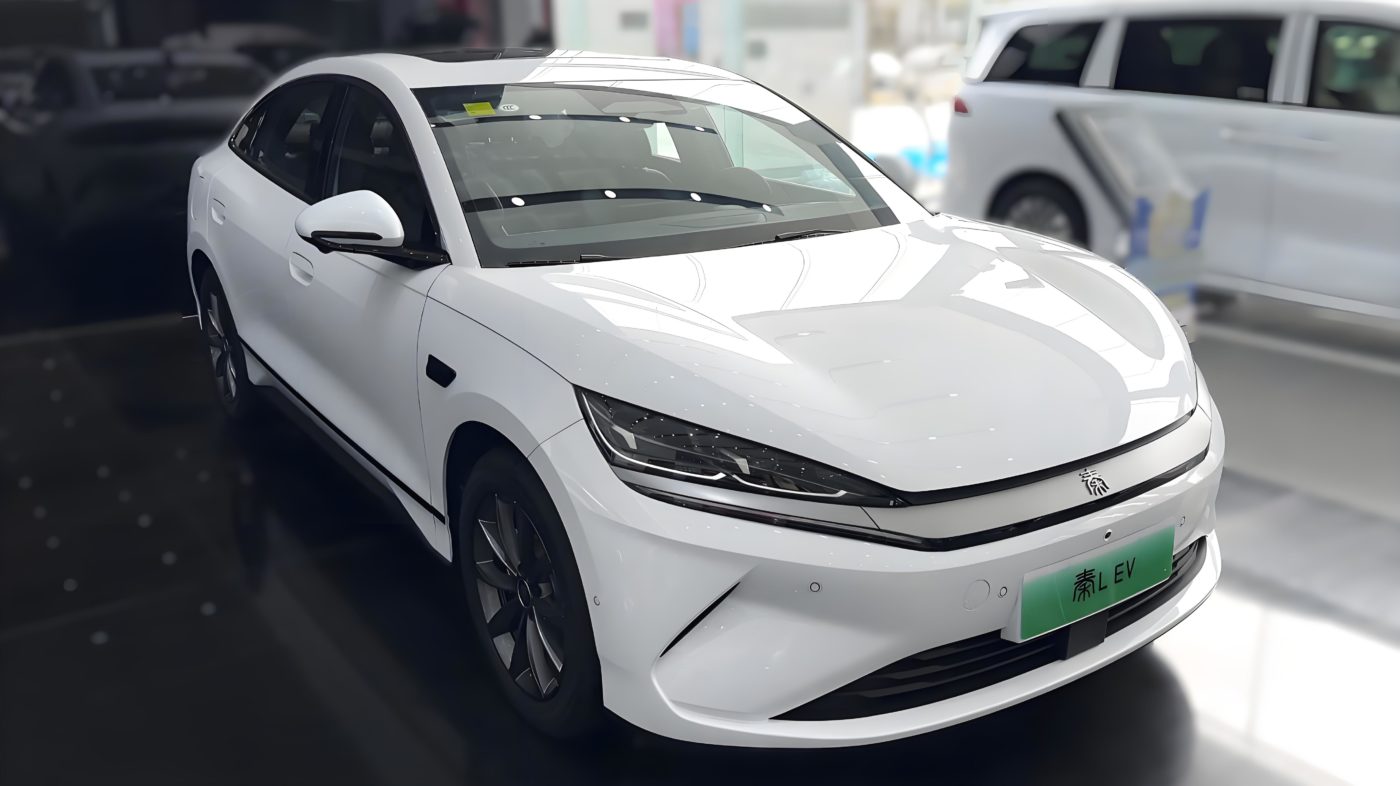I. Market Disruption: The QING’s Unprecedented Adoption Trajectory
In 2025, the BYD QING has emerged as China’s automotive sales champion, surpassing 450,000 units sold domestically within its first six months—a feat unmatched since Tesla’s Model Y launch in 2020. This crossover electric vehicle (E-CUV) dominates 23% of China’s premium EV segment, strategically positioned at the ¥250,000-¥350,000 (34,500−48,300) price bracket to capitalize on rising upper-middle-class demand. Three factors underpin its market conquest:
A. Regulatory Synergy
The QING benefits from China’s Phase IV New Energy Vehicle (NEV) Mandate, requiring automakers to achieve 40% EV sales by 2025. BYD’s vertical integration—from lithium mining in Jiangxi to semiconductor production in Shenzhen—enables 18% cost advantages over competitors, translating to aggressive pricing without sacrificing margins.
B. Charging Infrastructure Symbiosis
Through partnerships with State Grid Corporation and NIO Power, QING owners gain access to 1.2 million public chargers, including 150kW Blade Battery-optimized stations that achieve 10%-80% charge in 12 minutes. The vehicle’s 800V high-voltage platform reduces energy loss during DC fast charging to 9%, compared to industry-average 15%.
D. Consumer Psychology Alignment
BYD’s ethnographic research identified urban professionals’ “dual-asperation” needs—aspiring toward luxury while demanding practicality. The QING’s adaptive interior configurations (swappable rear modules for pet carriers/child seats) and Huawei HarmonyOS-powered infotainment address these nuanced preferences, reflected in 94% customer satisfaction rates on Autohome.cn.
II. Technological Supremacy: The QING’s Engineering Breakthroughs
A. Next-Generation Powertrain Architecture
The QING debuts BYD’s e-Platform 4.0, featuring:
- Solid-state batteries with 4680 cell architecture (502 Wh/kg density) co-developed with CATL
- Integrated die-cast rear underbody reducing components by 78% while improving torsional rigidity by 32%
- Distributed thermal management using microheat pipes to maintain battery temperatures within ±0.5°C
B. Autonomous Driving Ecosystem
Powered by NVIDIA Drive Thor chips (2,000 TOPS processing power), the QING’s DiPilot 5.0 system achieves Level 4 autonomy on 95% of China’s highways. Key innovations include:
- LiDAR-enhanced HD mapping updating road conditions every 100ms during typhoon-level rains
- Cooperative Vehicle-Infrastructure System (CVIS) integration with 5G roadside units in 30 smart cities
- Driver biometric monitoring via infrared iris tracking to prevent fatigue-induced accidents
C. Energy Recuperation Mastery
The vehicle’s i-Regenerative 3.0 system converts 92% of kinetic energy into storable electricity through:
- Electromagnetic suspension harvesters generating 12kW per hour on cobblestone roads
- Solar-roof panels with perovskite tandem cells achieving 34% efficiency (800Wh daily yield)
- Vehicle-to-grid (V2G) compatibility allowing owners to sell surplus power at peak rates through State Grid’s blockchain platform
III. Design Philosophy: Balancing Cultural Identity and Global Appeal
A. Exterior: Dynastic Aesthetics Reimagined
BYD’s design chief Wolfgang Egger fused Tang Dynasty motifs with aerodynamics:
- Dragon Scale Grille: Active airflow control matrix reducing drag coefficient to 0.21Cd
- Phoenix Wing Doors: Patent-pending gullwing mechanism requiring only 30cm lateral clearance
- Jade Belt Daylight Opening: Recycled glass fiber-reinforced polycarbonate side windows with variable opacity
B. Interior: The “Third Space” Revolution
The cabin’s Zen Tech Minimalism concept incorporates:
- Bamboo Fiber Composite Dashboard: Carbon-negative material sequestering 8kg CO₂ per vehicle
- Ergonomic Cloud Seats: Pressure-distributing foam calibrated to 95th-percentile Chinese body dimensions
- Holographic Assistant: 15.6-inch floating display projecting AI avatar with emotional recognition capabilities
C. Hyperpersonalization Ecosystem
Owners customize their QING through BYD’s MyQING App, offering:
- Scent Algorithms: On-demand diffusion blending 64 essential oils for focus/relaxation modes
- 4D Soundscaping: Dolby Atmos system syncing audio with seat vibrations and airflow patterns
- Augmented Reality HUD: Projects navigation cues onto windshield with real-time hazard prediction
IV. Sustainable Manufacturing: A Blueprint for Carbon-Neutral Production
A. Material Innovation Hub
BYD’s Changsha Zero-Carbon Plant produces QINGs using:
- Aluminum Closed-Loop System: 97% scrap metal recycling rate via laser sorting robots
- Carbon Capture Concrete: Structural components infused with mineralized CO₂ from blast furnaces
- Mycelium-Based Soundproofing: Mushroom root insulation replacing traditional petroleum foams
B. Energy Circularity Model
The facility operates on 100% renewable energy through:
- Building-Integrated Photovoltaics (BIPV): 120,000㎡ solar skin generating 28GWh annually
- Hydrogen Backup: 20MW fuel cell system using byproduct hydrogen from neighboring chemical plants
- Gravity Storage: 80-tonne composite flywheels storing off-peak wind energy for production surges
C. Supply Chain Transparency
Each QING carries a blockchain birth certificate detailing:
- Cobalt provenance from BYD’s conflict-free mines in Qinghai
- Real-time carbon ledger tracking emissions from raw material extraction to delivery
- Labor welfare metrics across 1,200-tier suppliers audited via AI sentiment analysis
V. Global Implications: Reshaping Automotive Trade Dynamics
A. Export Strategy
With 150,000 units allocated for international markets, BYD targets:
- European Expansion: €45,000 pricing undercutting VW ID.7 by 18%, supported by Hamburg’s new EV docking hub
- ASEAN Dominance: Local assembly in Thailand utilizing China-ASEAN zero-tariff battery exchange agreements
- Latin American Pilot: Solar-powered QING variants for Chile’s Atacama Desert mining operators
B. Technology Licensing Model
BYD monetizes QING innovations through:
- Blade Battery Patents: Licensed to Toyota for bZ5 SUV production at ¥8,000 per unit royalty
- DiPilot White-Label Solutions: Powering Changan’s Avatr 12 sedan autonomy features
- Battery Swap Stations: Franchise partnerships deploying 800 stations across Shell’s global network
C. Regulatory Influence
The QING’s success accelerates policy shifts worldwide:
- EU Tariff Revisions: Dropping anti-dumping investigations after BYD’s Brussels plant commitment
- US Infrastructure Adaptation: 35 states adopting BYD’s GB/T charging standard for highway corridors
- UNECE Compliance: Waiving of 14 safety regulations to accommodate CVIS technology in Geneva agreements
The BYD QING transcends automotive categorization—it embodies China’s techno-industrial vision, merging imperial-era craftsmanship with quantum computing-grade engineering. As legacy automakers scramble to decode its success formula, BYD has irrevocably shifted the industry’s center of gravity eastward, proving that sustainable mobility can coexist with unapologetic ambition.

